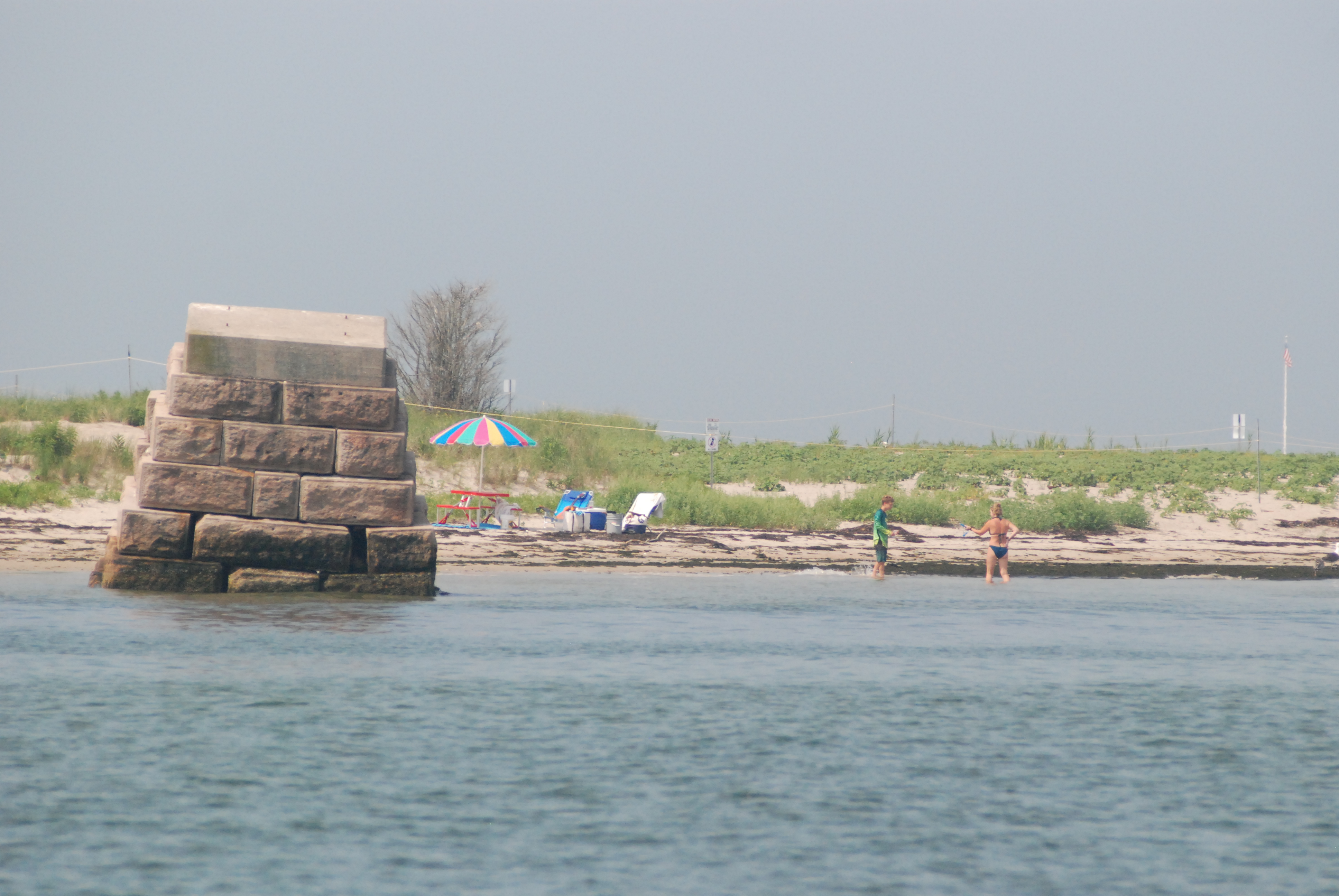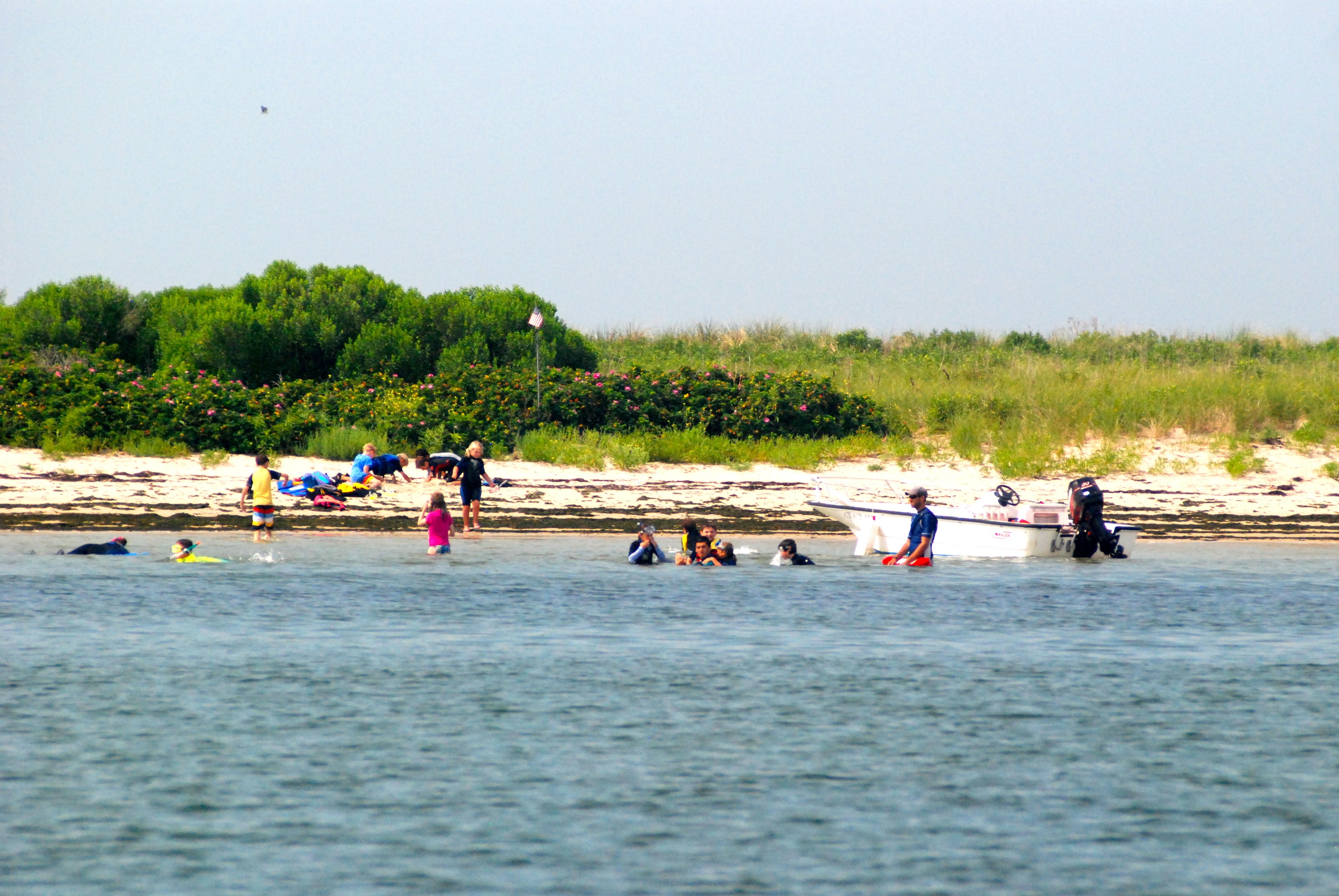


Paddlers and boaters in western Rhode Island and southeastern Connecticut can enjoy access to one of the finest stretches of sand in New England by setting a course for Sandy Point, not far from Stonington Harbor. This 35-acre sandbar was once attached to nearby Napatree Point off Watch Hill until the Great Hurricane of 1938 carved a new channel through Little Narragansett Bay and turned Sandy Point into an island.
Today, Sandy Point is managed by the U.S. Fish & Wildlife Service, and is part of the Rhode Island National Wildlife Refuge Complex. Since 2010, the northern and southern tips of the island, as well as the partially wooded and grassy interior, have been closed to the public to protect nesting birds. However, the sandy perimeter is largely open to boaters, who can beach their vessels or anchor just offshore before wading or swimming ashore.

A beach pass is required to access Sandy Point, and can be purchased through the Stonington Community Center website. Seasonal passes are $25 per adult, $15 for seniors (no charge for those under age 18). Daily passes can be purchased for $10.
The nearby Barn Island Wildlife Refuge has a large, free launch facility with ample parking from which paddlers and boaters can put in. Paddlers can also launch from points in Stonington Harbor, although this makes for a longer trip.
A point of interest on Sandy Point is the large stone structure near the island’s northern tip. This is the remains of a warehouse built by an entrepreneur named James Rhodes in the late 1700s. At the time, the state lines of Connecticut, Rhode Island, and New York met on the island. Rhodes’ plan was to avoid paying state taxes on alcohol sold from the warehouse by quickly moving the liquor to different parts of the warehouse whenever an inspector from one state or another came to visit. The plan apparently worked for some time, until the inspectors teamed up and visited on the same day, putting an end to the operation, which is known today as “Rhodes’ Folly.”
